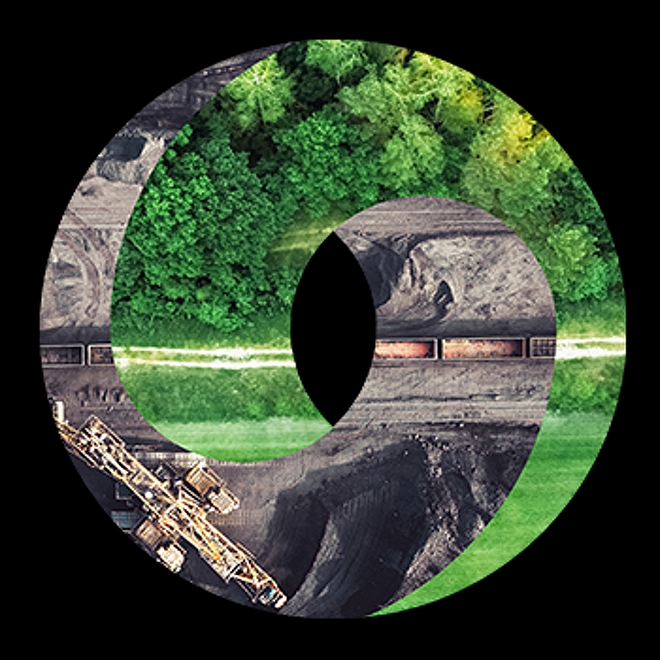Fighting Fire with AI
Wildfires are a growing problem, their flames fanned by global warming
As the planet warms, wildfires have increased in frequency and severity. Fighting wildfires is dangerous and complex. Advanced modeling and simulation techniques using AI and digital twins can buy valuable time for firefighters, as well as improve risk assessment for banks, insurers, and utilities.
Wildfires have become more commonplace as the planet warms with increasing greenhouse gases such as carbon dioxide. They are both a consequence of and a contributor to global warming, each releasing millions of tons of CO2 into the atmosphere. Forests lost in days can take generations to recover. Wildfires destroy precious carbon sinks, deplete natural resources, and harm lives and livelihoods of firefighters, residents of affected areas, and wildlife.
Artificial intelligence (AI) as a solution
Forecasting wildfires is nothing new, but classical methods struggle with changing dynamics brought about by climate change. The FireAId initiative, spearheaded by the World Economic Forum (WEF), seeks to find more advanced tools, notably through the use of artificial intelligence (AI) to give those fighting fires a better chance of acting at earlier stages, before the fire becomes “wild.”
Deloitte and Nvidia have joined forces to tackle this challenge, studying wildfire trends, involving firefighters, analyzing data, and selecting the right technologies to pilot better wildfire prediction tools. It is a difficult, but worthwhile task. Data, AI, and simulation technology can help cut through the complexity and give firefighters an upper hand in fighting the effects of climate change around the world. The project vision is to provide an intuitive tool that is both user-friendly and useful, allowing firefighters to gain valuable time, focusing resources where they will be most effective.

Our approach for optimizing firefighting
Therefore, our strategy is to divide the problem into components – in several ways. Inspired by the wildfire risk strategies prevention, containment, and response, we define “wildfire risk” as the risk of outbreak, following by the definition of propagation, and then as reaction to intervention. We differentiate between data types – static (landmarks, infrastructure), semi-dynamic (vegetation, ground moisture), and dynamic (weather). Furthermore, we build dedicated models per geographic zone to capture local characteristics.
Afterwards, we divide the predictions into short-term nowcasting followed by mid-term forecasting. In this process, we rely on decades of scientific research to identify the data sources – in terms of features and number of records – that are best suited to each component of our prediction task. We focus on weather data (vs. raw satellite images) to allow for a leaner data pipeline and address modeling challenges of data sparsity, long-tail distributions and non-linearities.
Outlook
Fighting wildfire is dangerous and exhausting. Firefighters work under intense pressure. The stakes are high. Yet the benefits of effective wildfire management are felt immediately as well as over the longer term. To be most effective, advances in equipment must be accompanied by advances in forecasting and planning. AI and digital twins can play a significant role. While both FireAId and the Deloitte-NVIDIA project are making great strides, it is clear to all that this endeavor will not be a quick hit.
Long-term success will be predicated on the support – in terms of data, standards, and funding – provided by the public and private sectors alike. Budgetary constraints and competing priorities will make that a challenge for all stakeholders. Yet it is not a question of whether to invest, but rather how to best put scarce resources to use. Wildfires affect us all – whether we lie directly in their destructive paths, or we must cope indirectly with their consequences.


